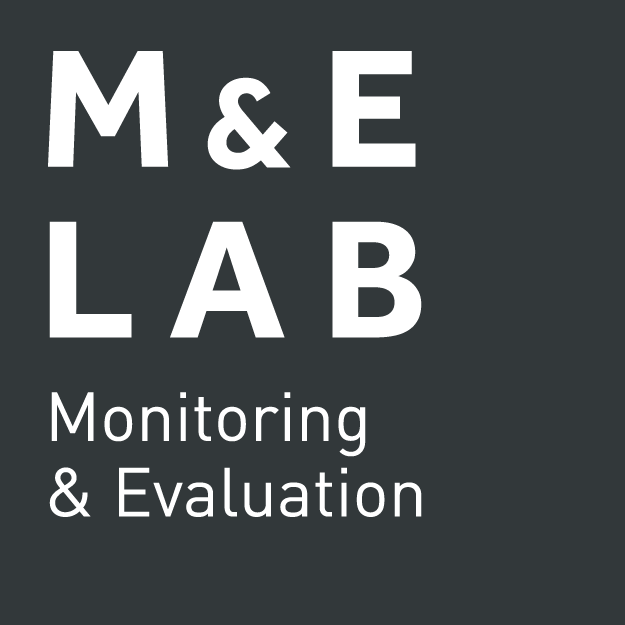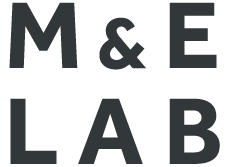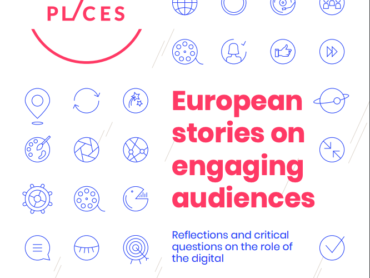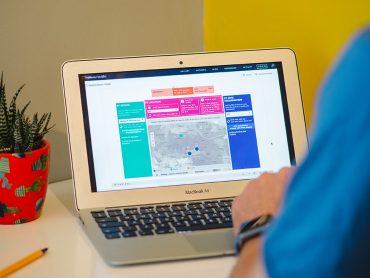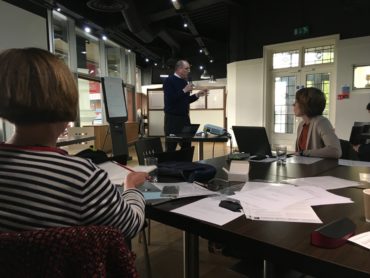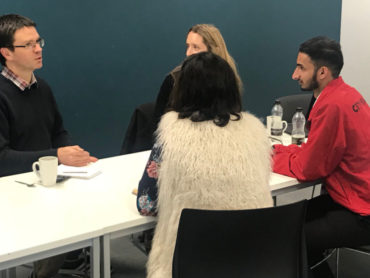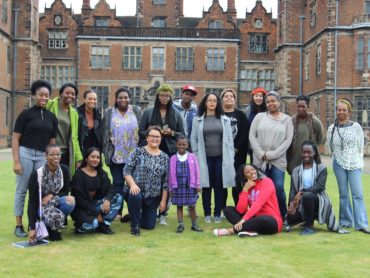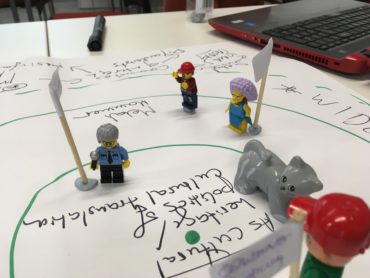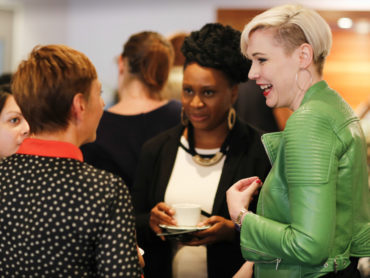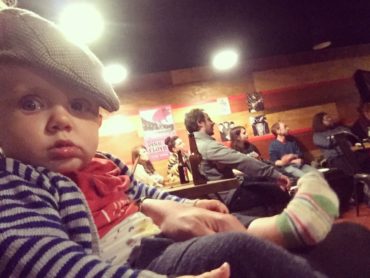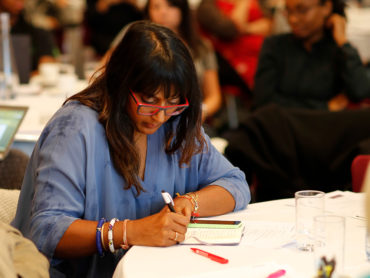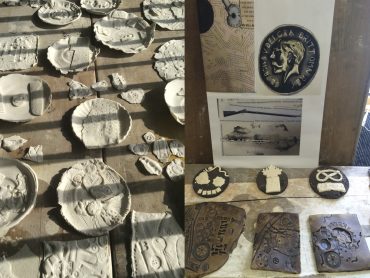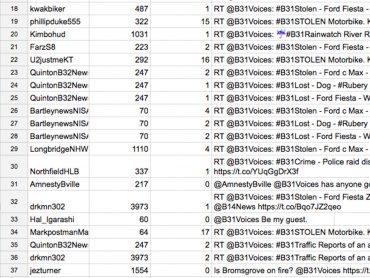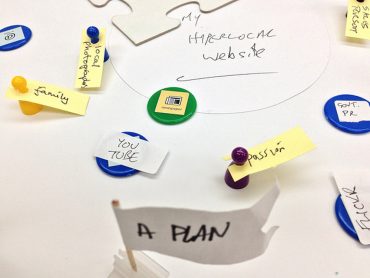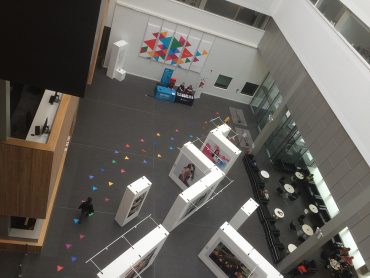Impact beyond academia
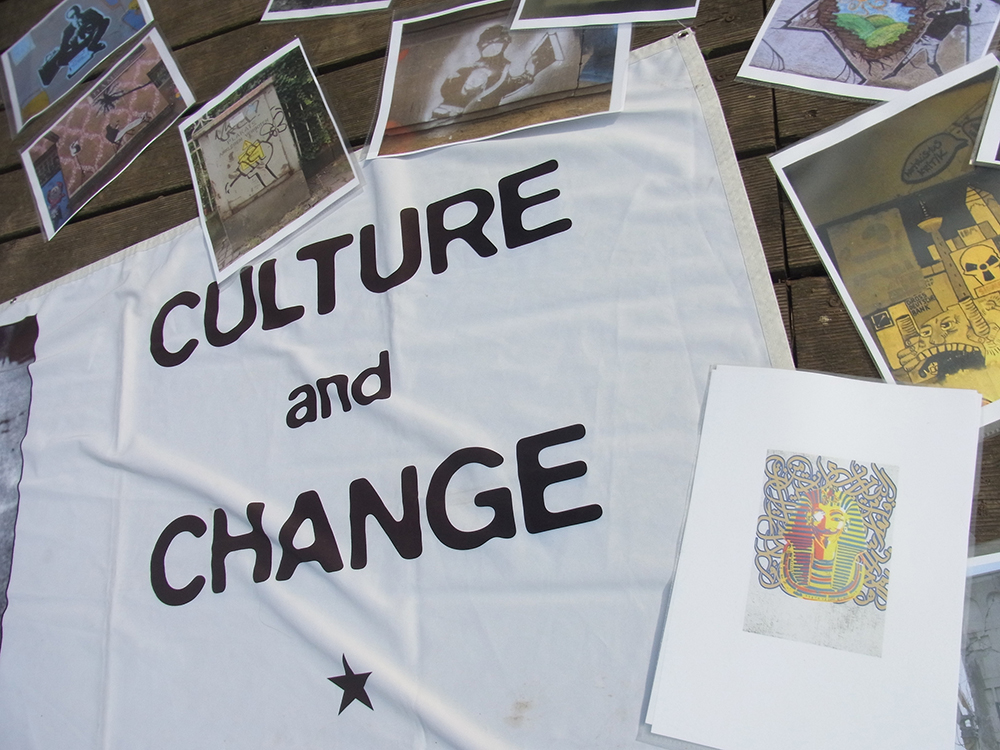
I spent the last few days writing the annual impact assessment report for our ongoing Checkdesk: Developing Citizen Journalism in the Arab region project, and only finished it yesterday night at around midnight. While doing that, I kept thinking of this post and of the launch of our brand new Impact Blog; what should my very first contribution be about? Impact has lately become such a big issue, everywhere, that I’m almost tempted to stop using that word until further notice. Or at least until we all agree what we mean by ‘impact’, and understand why and how it has suddenly become, since the last REF, a buzzword within academic circles.
Then I thought of this: community groups, and civil society and grassroot organisations have been doing impact assessment for years. They often call it Monitoring & Evaluation and the survival and sustainability of their organisations depend on it, because a) they actually need to evaluate the impact of their work so they improve and grow, and b) because otherwise funders would cut off their funding. Those groups have been working on the ground and writing impact reports and case studies for years, way before the last REF exercise.
So I thought that might be the right way to start the post then; a suggestion to put aside, for a moment, REF’s definition of impact (see below), and Hefce’s report on the 6,679 impact case studies submitted to the 2014 Research Excellence Framework, and to look outside the fancy walls of our academic institutions. A suggestion to go back to the community and grassroot organisations we have been working with for years, and try and learn impact assessment from them, because they know better.
‘For the purposes of the REF, impact is defined as an effect on, change or benefit to the economy, society, culture, public policy or services, health, the environment or quality of life, beyond academia’ (HEFCE et al 2012a)
Let us also put aside packaged titles such as ‘co-designed’ and ‘co-produced’ ‘collaborative research’, and really listen, with modesty, to the priorities these community and grassroot organisations have been focussing on the last few years; what are the real needs of the communities they support and work with? And how can we use our research funds to contribute to the sustainability of their organisations, beyond the period of our projects, and irrespective of the ‘pathways to impact’ we commit to on our Je-S forms in order to win RCUK grants.
I submitted yesterday to our Swedish funder (Sida, Swedish International Development Cooperation agency) an 11,381-words report that details the quantitative indicators and the qualitative evaluation methods we have put in place to assess our work the last twelve months. Part of this project, we’ve been working for two years with five alternative media outlets based in the Arab region. Those organisations train media activists, citizen reporters and journalism students on media literacy tools so they use their voice to speak against corruption, and to promote civic rights, political freedom and social justice. As the post-2011 Middle East & North Africa region seems to be descending into chaos, total instability and war, our community partners are facing security crackdowns, arrests and in some cases torture. Yet they keep going to work every day, and try to do their jobs the best way they can.
I wrote Checkdesk’s annual narrative report from my safe and peaceful office in Birmingham; I presented the ‘aims and objectives’ as described in the ‘original logframes’, and I spoke about ‘challenges’, ‘achievements’ and ‘mitigation strategies’. Yet I think the most accurate part of the report is this:
‘We believe our biggest achievement to date is our network of regional partners. Despite all the challenges described above, they have been instrumental to the project expanding and reaching its programmatic targets. Without their persistence, courage and generosity we wouldn’t be able to submit this impact assessment report today’.
This is my personal reflection on the work I’m currently doing in the Arab region. I hope you’d find in this Impact Blog a space for you to do the same, and I hope you’d be willing to share with us your thoughts on the impact and value of your own research and projects. In the meantime, welcome to ADM Impact Blog, please come back and help us build this together!
Image credit: Wolfgang Sterneck
